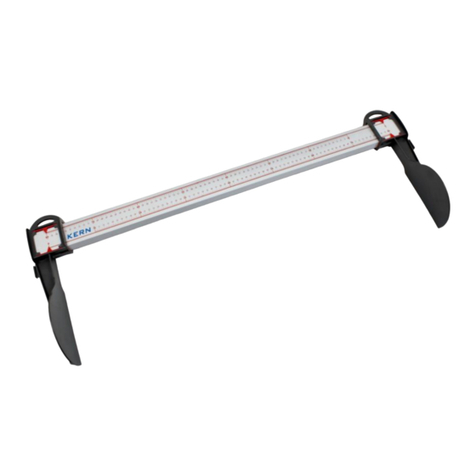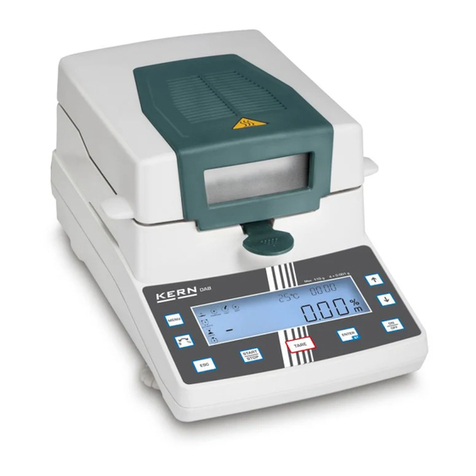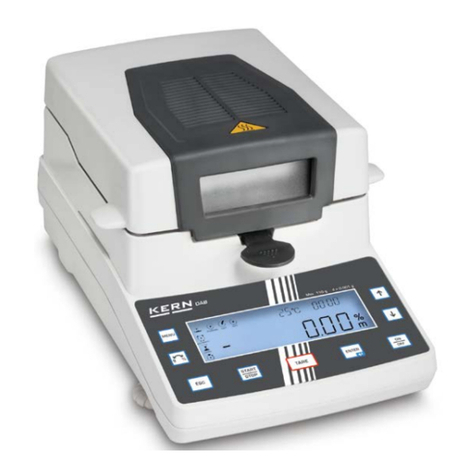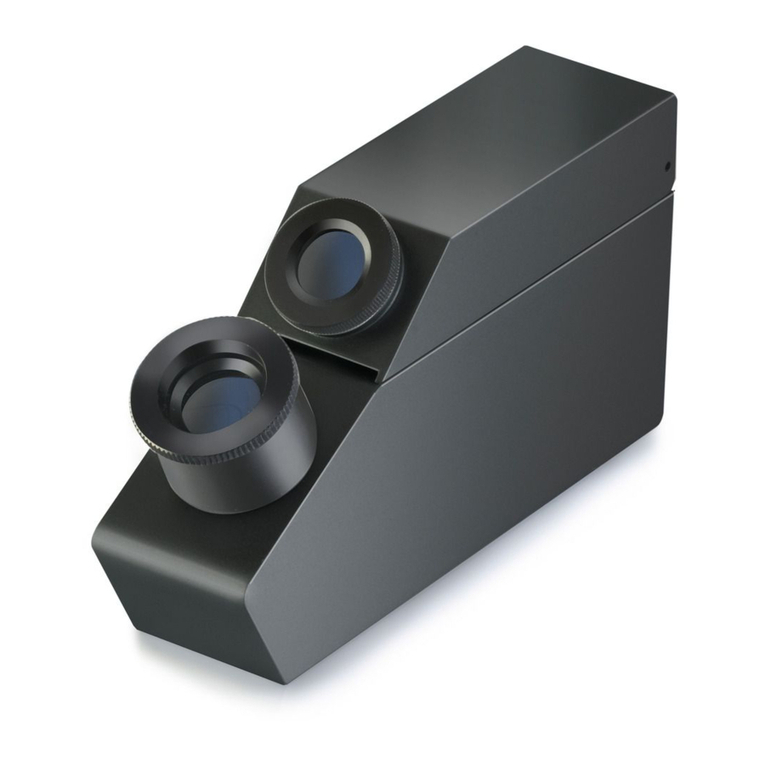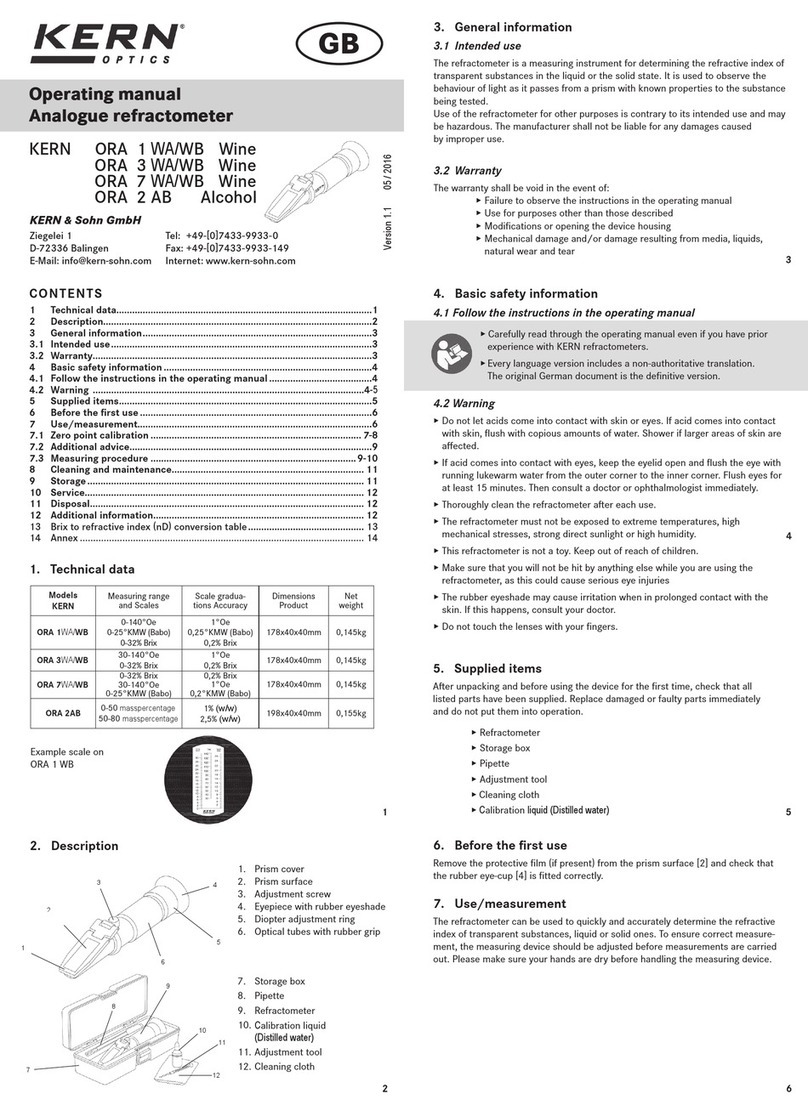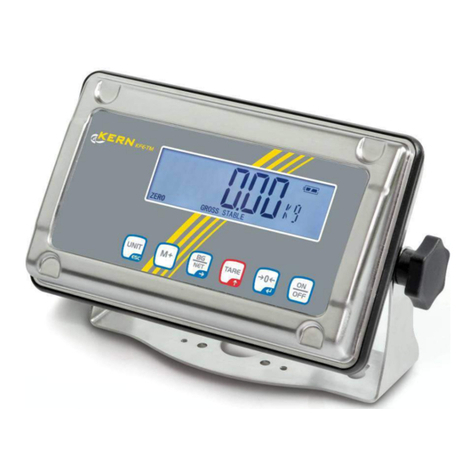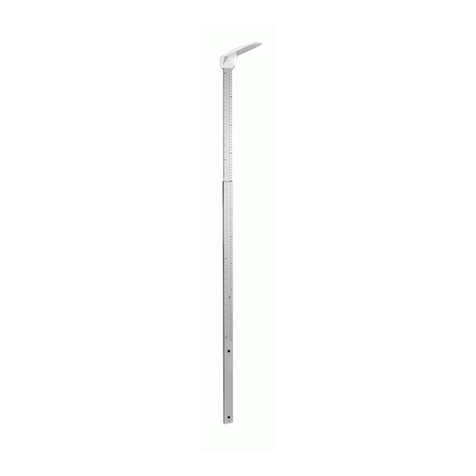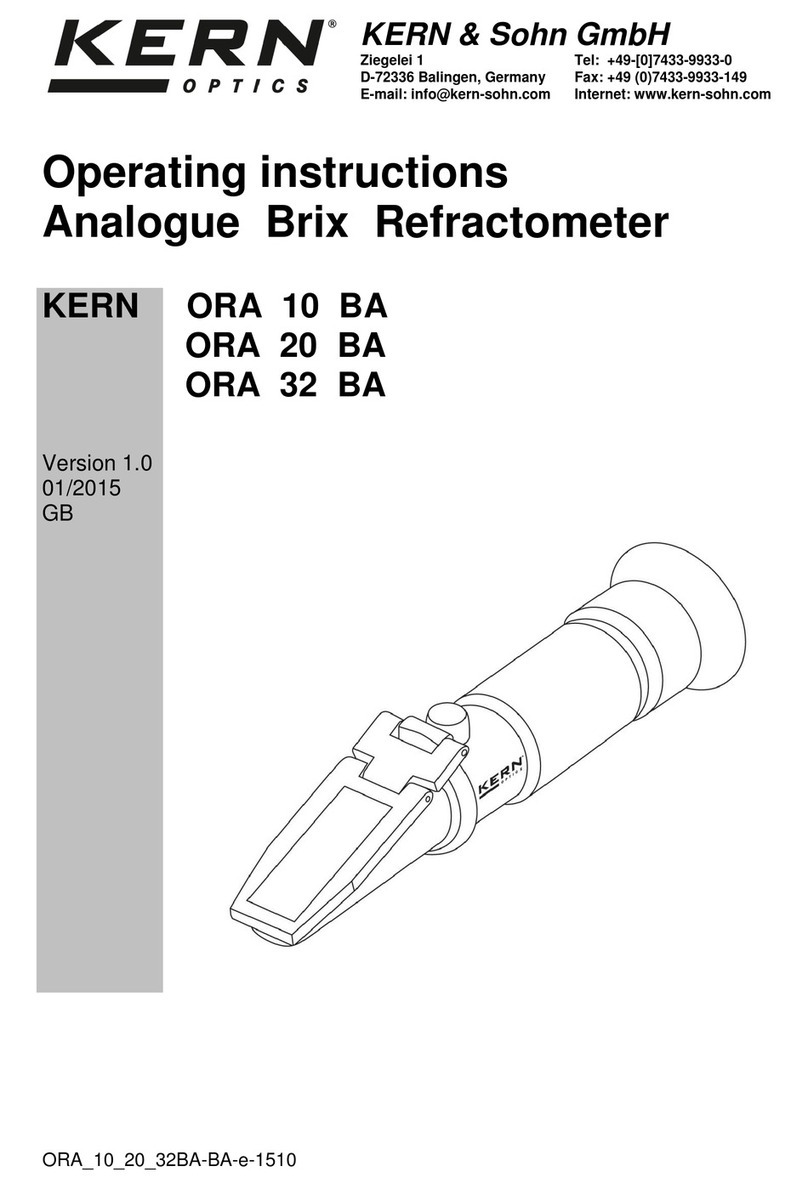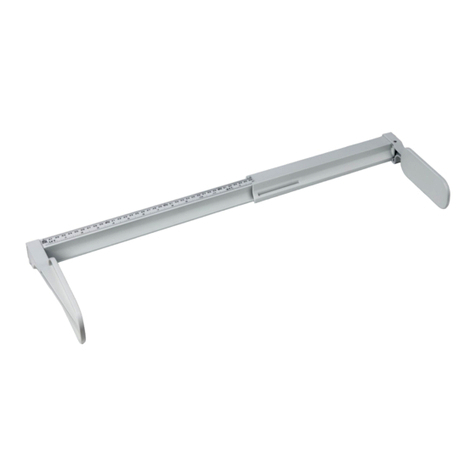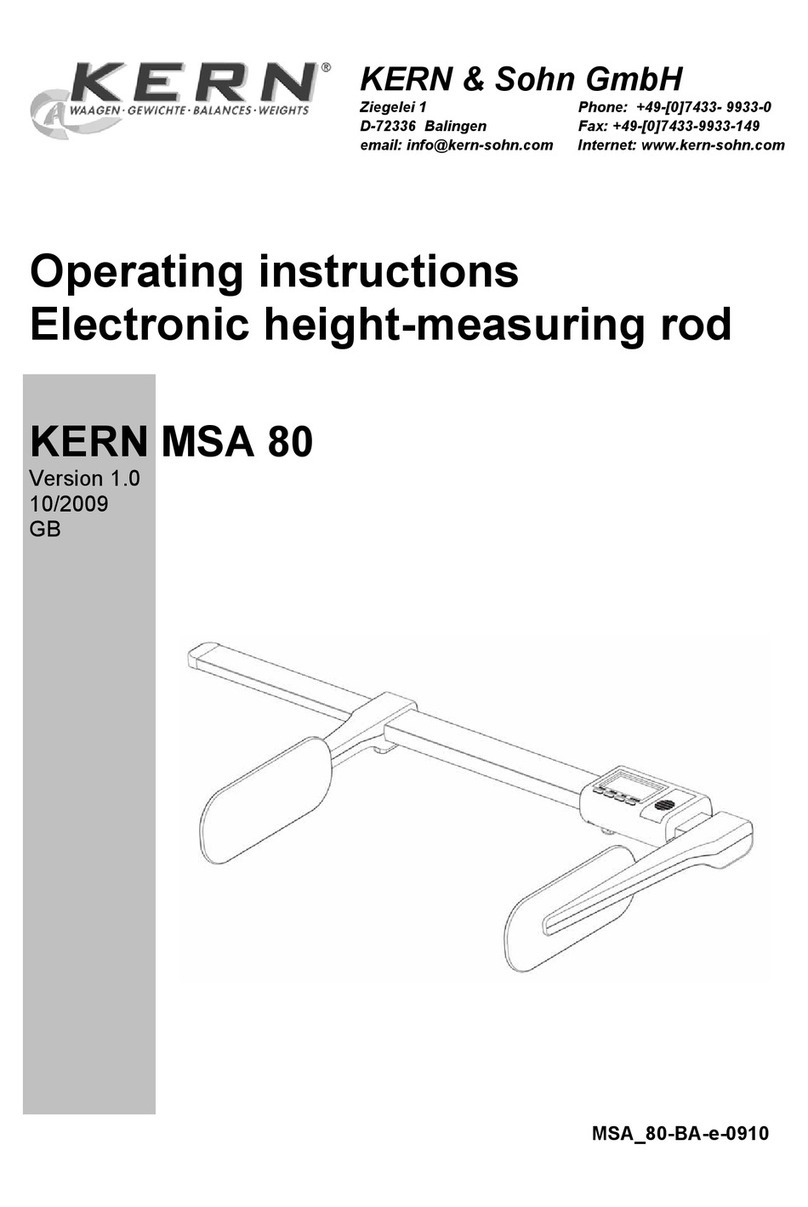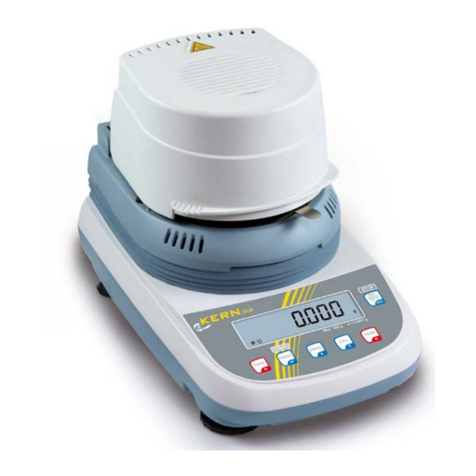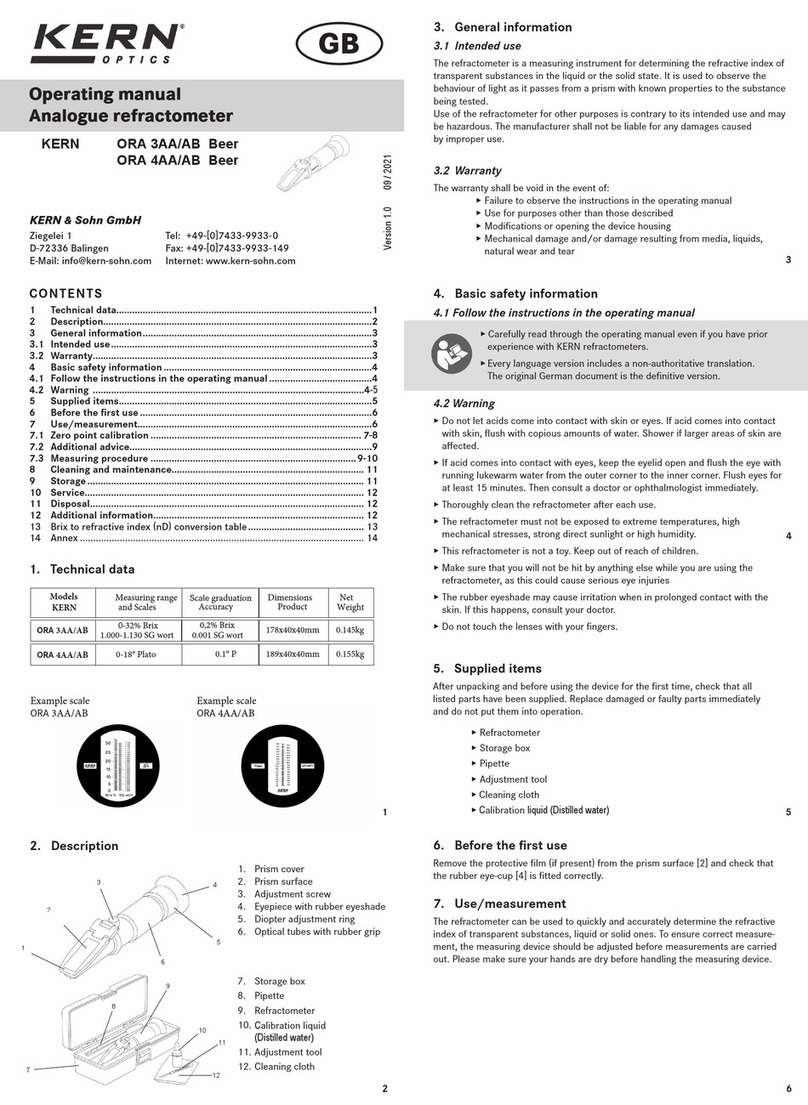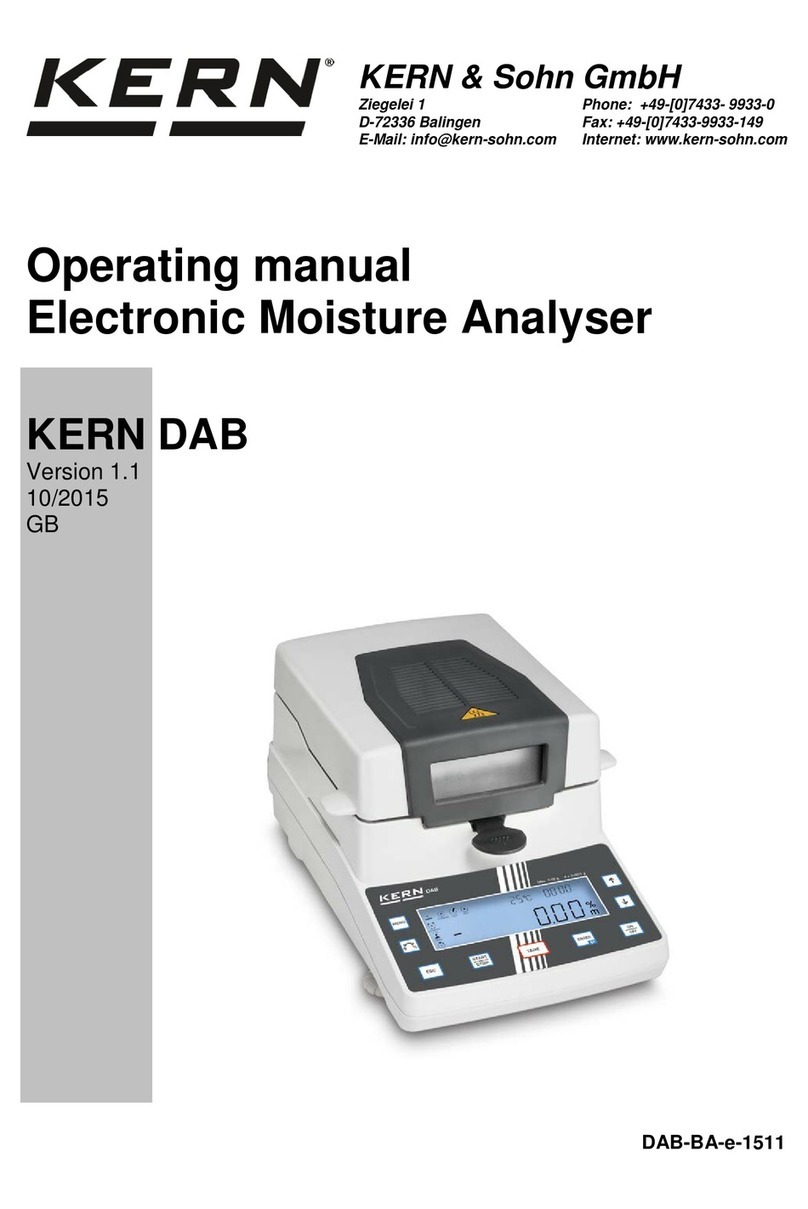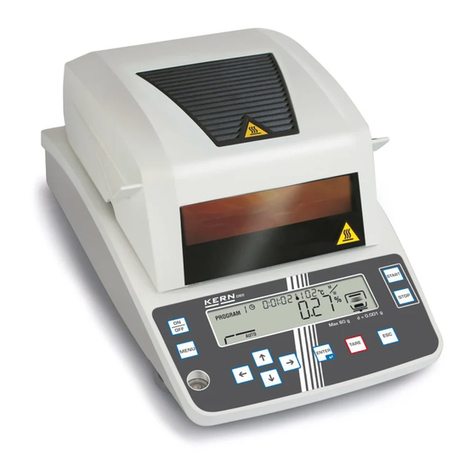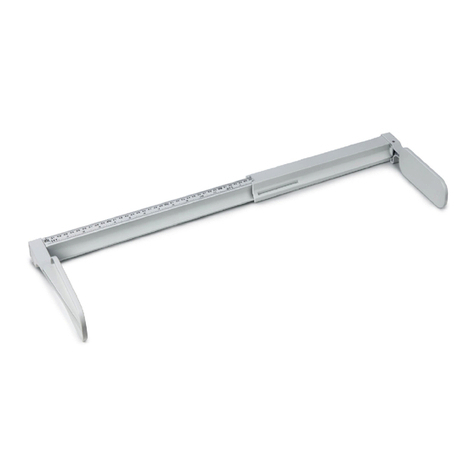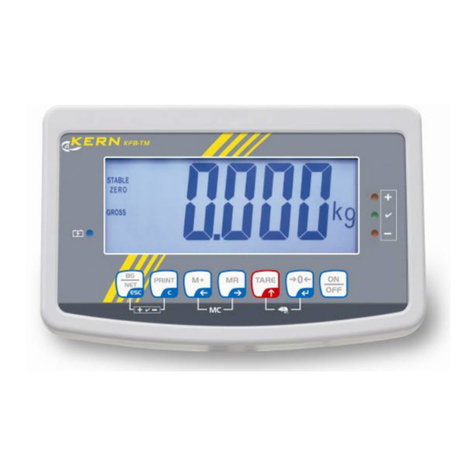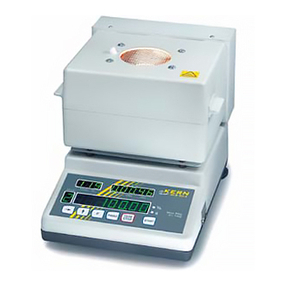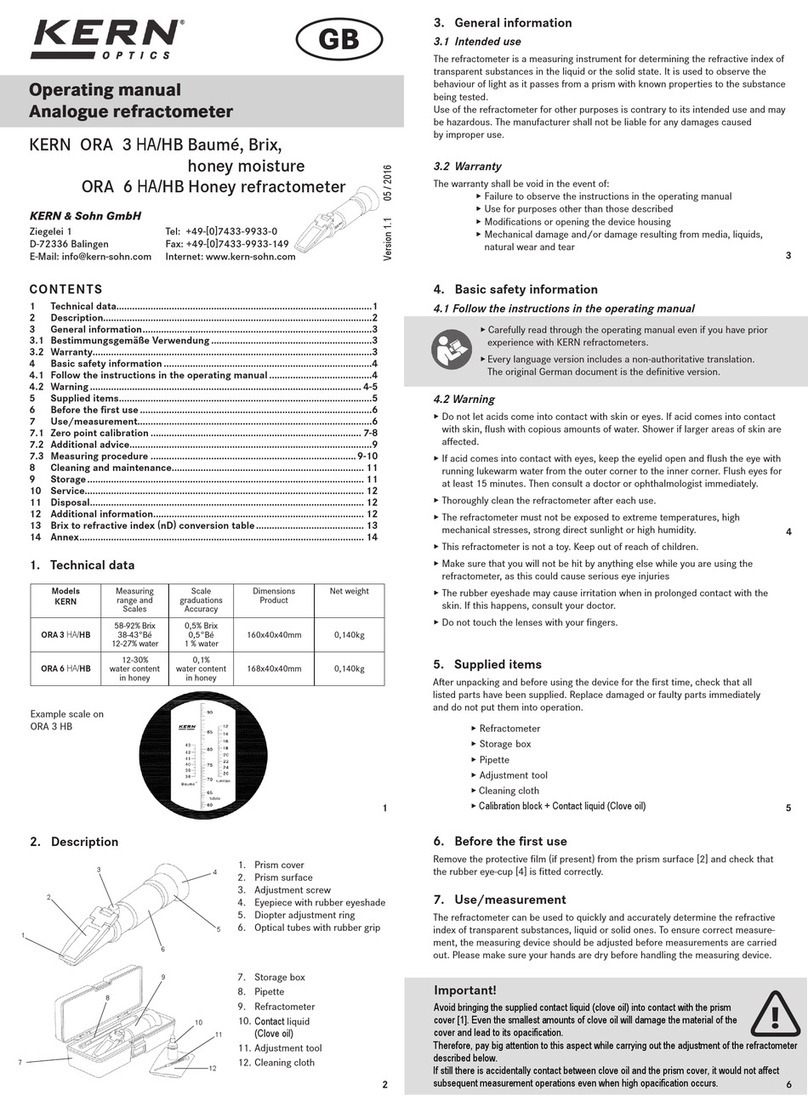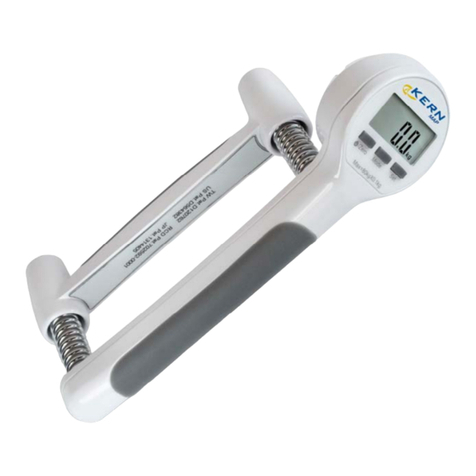
MLS_C-BA-e-1330 3
8USER MENU ..................................................................................................... 22
8.1 P1 Calibration (adjustment) ................................................................................................... 23
8.2 P2 GLP (Good laboratory practice) ...................................................................................... 33
8.2.1 P3 Date/time ........................................................................................................................ 35
8.2.2 P4 display............................................................................................................................. 37
8.2.3 P5 RS-232............................................................................................................................ 39
8.2.4 P6 output.............................................................................................................................. 40
8.2.5 P7 General functions............................................................................................................ 46
9OPERATOR MENU – MOISTURE ANALYSIS ................................................. 47
9.1 Moisture analysis without using the program library ......................................................... 47
9.1.1 Disabling the program library............................................................................................... 47
9.1.2 Setting drying parameters.................................................................................................... 48
9.1.3 How to implement drying...................................................................................................... 53
9.2 Moisture analysis using the program library ...................................................................... 57
9.2.1 Enabling of program library.................................................................................................. 57
9.2.2 Setting drying parameters.................................................................................................... 58
9.2.3 How to save drying parameters ........................................................................................... 66
9.2.4 How to invoke drying parameters / drying............................................................................ 66
10 STORING MEASURED RESULTS ............................................................... 70
11 GENERAL INFORMATION CONCERNING MOISTURE ANALYSIS ........... 71
11.1 Application .............................................................................................................................. 71
11.2 Basics ...................................................................................................................................... 71
11.3 Adjustment to existing measuring method ......................................................................... 71
11.4 Preparing a sample ................................................................................................................ 71
11.5 Sample material ...................................................................................................................... 73
11.6 Sample size / originally weighted in quantity ...................................................................... 73
11.7 Drying temperature ................................................................................................................ 74
11.7.1 Drying temperatures above 160 °C (MLS 50-3HA250N only)......................................... 74
11.8 Description of heating profiles ............................................................................................. 75
11.9 Recommendations / Guidelines ............................................................................................ 76
12 DATA OUTPUT ............................................................................................. 77
12.1 Remote control instructions ................................................................................................. 78
13 SERVICE, MAINTENANCE, DISPOSAL ...................................................... 79
13.1 Cleaning .................................................................................................................................. 79
13.2 Change fuse ............................................................................................................................ 81
13.3 Servicing, maintenance ......................................................................................................... 81
13.4 Disposal ................................................................................................................................... 81
14 INSTANT HELP ............................................................................................. 82
15 DECLARATION OF CONFORMITY .............................................................. 83
